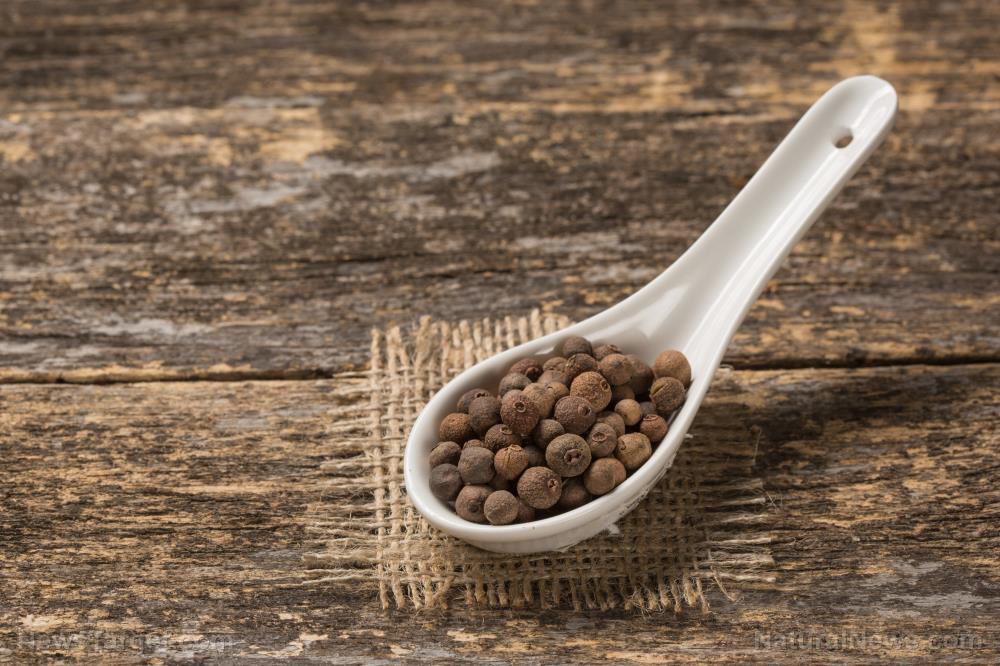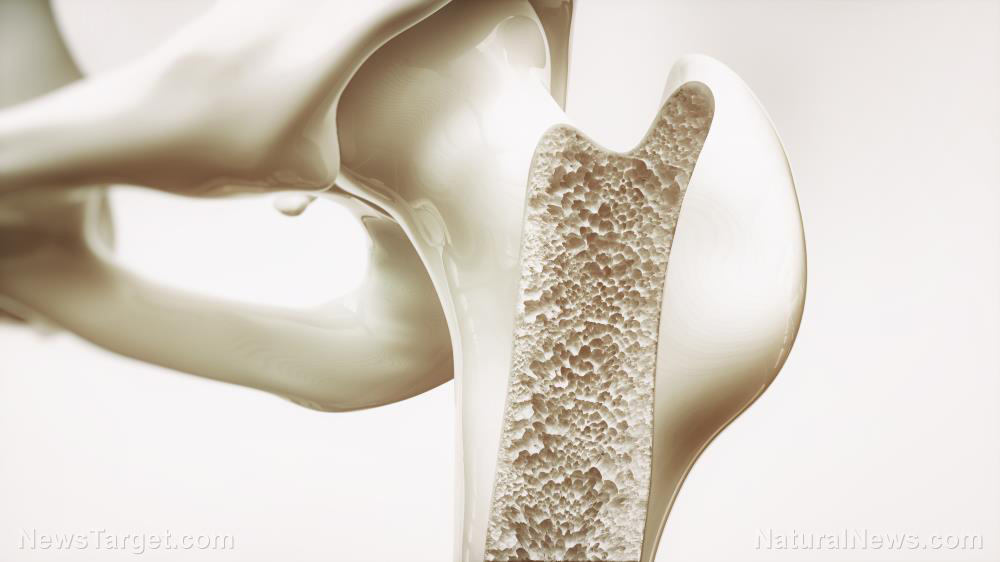
Bones experience constant remodeling and rebuilding throughout a person's growth and life.
They are also honeycombed with numerous tiny pores. As these holes get bigger, they increase the porosity of the bone and make fractures more likely.
In osteoporosis, insufficient nutrition causes the pores in the bones to become dangerously large. Nutrient deficiency may come from the side effects of lifestyle, pharmaceutical drugs, hormone changes or genetics.
The body needs a supply of minerals including calcium, magnesium, manganese, and phosphorus. These nutrients ensure that bones remain dense and sturdy.
Osteoporosis may develop at any age. It commonly affects older adults, especially post-menopausal women.
Female sex hormones maintain the bone density of women. After their levels drop due to menopause, the risk for osteoporosis increases. (Related: Herbs and bone health: Is horsetail an effective natural remedy for osteoporosis?)
Symptoms, risk factors of osteoporosis -- and how to diagnose the disease
Internal and external factors increase the risk of osteoporosis. People who lack calcium or vitamin D are at higher risk of getting it. So are those who have too much vitamin A.
Consuming too much caffeine, salt, or alcohol increases the danger of developing the disease. Likewise, smoking and exposure to secondhand smoke make osteoporosis more likely to happen.
Other risk factors include being underweight, the use of some pharmaceutical drugs, certain illnesses like inflammatory bowel disease, lupus and rheumatoid arthritis, and a sedentary lifestyle.
To make matters worse, the symptoms of osteoporosis rarely appear early. By the time a patient experiences back pain, a gradual drop in height, a stooped posture, and easily fractured bones, the bone disease has already progressed.
There are several ways to diagnose a patient for osteoporosis. Women with a family history of bone-related problems may take a bone density scan before or shortly after menopause.
Laboratory (blood) tests for calcium and vitamin D will show if the person has enough of these critical nutrients to maintain bone health. A thyroid function test may also help determine the risk of osteoporosis — thyroid diseases contribute to issues with bone density.
Finally, healthcare providers may look at markers of general health, including the patient's hormone levels.
Get enough of these nutrients to support bone health
There is no cure for osteoporosis. But taking up a healthy lifestyle and getting sufficient nutrition will help minimize its effects. Eat foods that build bones and prevent inflammation.
Calcium serves as the primary building block of bones. Dairy products and sardines contain high levels of it, while vegans may get the nutrient from almonds, chia seeds, figs, rhubarb, and spinach, among other vegetables.
Vitamin D helps the body absorb calcium. Get enough exposure to sunlight and support it with mackerel, mushrooms, and salmon.
Magnesium supports the beneficial effects of calcium and vitamin D. This mineral can be found in avocado, banana, dark chocolate, spinach, and nuts such as almonds.
Small quantities of manganese also help protect bone health. Eating dark chocolate, leafy greens, and nuts will replenish its levels in the body.
Selenium helps produce thyroid hormones. Most people do not have enough of the essential mineral — they may get it from Brazil nuts, eggs, meat, spinach, and sunflower seeds.
Last but not least is protein, which, when combined with weightlifting, can help strengthen the skeletal structure. Pick high-quality, grass-fed, and wild-caught food sources.
Besides eating healthy foods, people may also make healthy lifestyle choices like avoiding smoking and getting enough physical exercise. Dancing, hiking, jogging, resistance training, stair climbing, tennis, and yoga will help prevent or minimize the effects of osteoporosis.
Sources include:
Please contact us for more information.






















